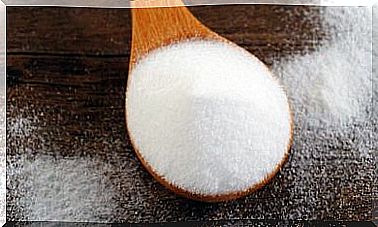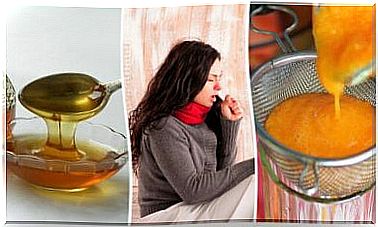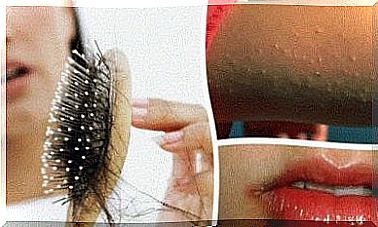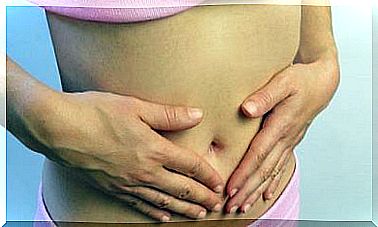Description, Symptoms And Treatments For Phlebitis
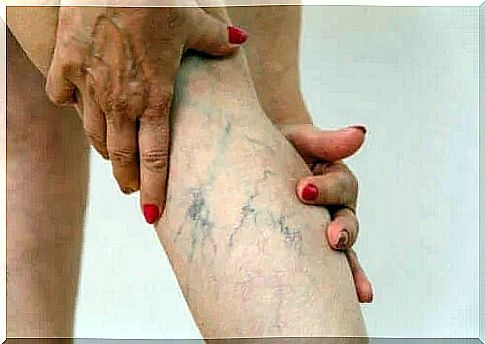
Phlebitis, also known as thrombophlebitis, is an inflammatory process caused by the formation of a blood clot that blocks one or more veins, usually in the legs. In addition, there are two types of clots: superficial (near the outside of the skin) and deep (inside a muscle). What treatments for phlebitis are there?
According to medical portals, superficial thrombophlebitis is a fairly common condition. In fact, estimates indicate that 3 to 11% of the general population experiences phlebitis at some point in their lives. However, the disease is more common in women over the age of 60.
The main symptoms of phlebitis
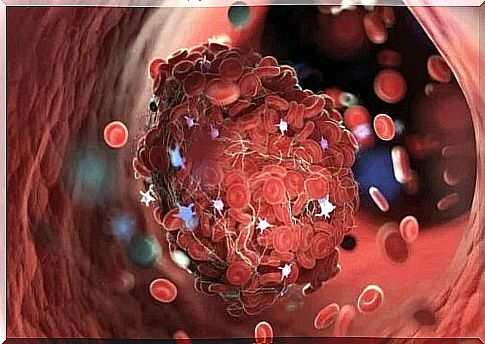
Causes of phlebitis
Diagnostic
Risk groups and complications of phlebitis
Beyond these common events, phlebitis can also occur due to the presence of pacemakers in the central veins, family history of blood clotting disorders, a history of stroke and many other clinical conditions. Any condition that alters venous flow can lead to phlebitis.
In terms of complications, early diagnosis of phlebitis allows prompt treatment. On the other hand, in the absence of treatment, a blood clot may develop in the lungs which, if left untreated, can lead to a pulmonary embolism.

Treatments for phlebitis
The angiologist and vascular surgeon are professionals who deal with cases of phlebitis. In addition, your doctor may prescribe painkillers, anticoagulants and antithrombotics to dissolve the clot in less severe cases.
Surgical removal of the obstructed vein may be considered if it is superficial. Alternatively, the doctor may do a venous bypass. These procedures are much less common than the treatments mentioned above.
Movement can prevent phlebitis
Now that we know what phlebitis treatments are, it’s time to talk about prevention.
As you have probably noticed, phlebitis is a fairly common condition, especially in the elderly with varicose veins in the legs. It is a clinical condition with a positive prognosis, but may worsen if not treated in a timely manner.
The best thing you can do to avoid phlebitis is to adopt a healthy lifestyle. Exercise, exercise, quit smoking and stay away from high-calorie foods. You may not know it, but many diseases are the result of obesity. In fact, thrombi are caused, among other things, by obesity.
